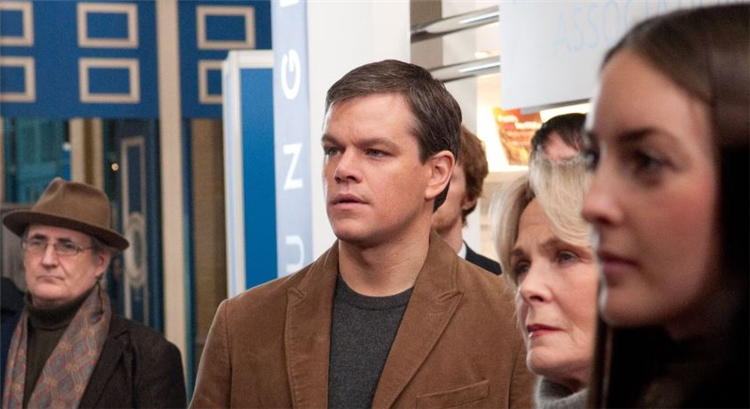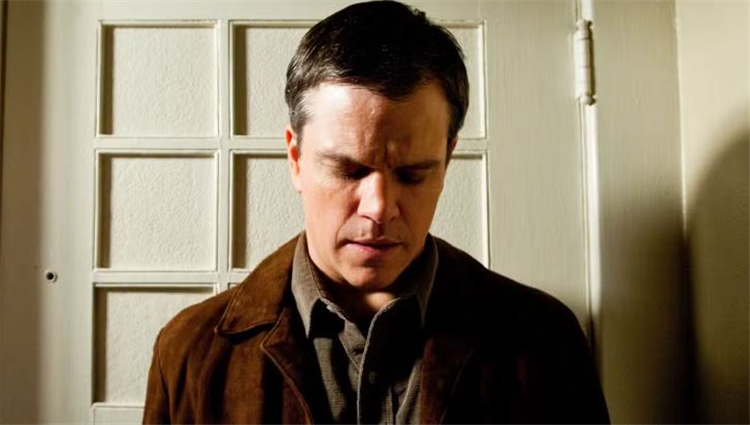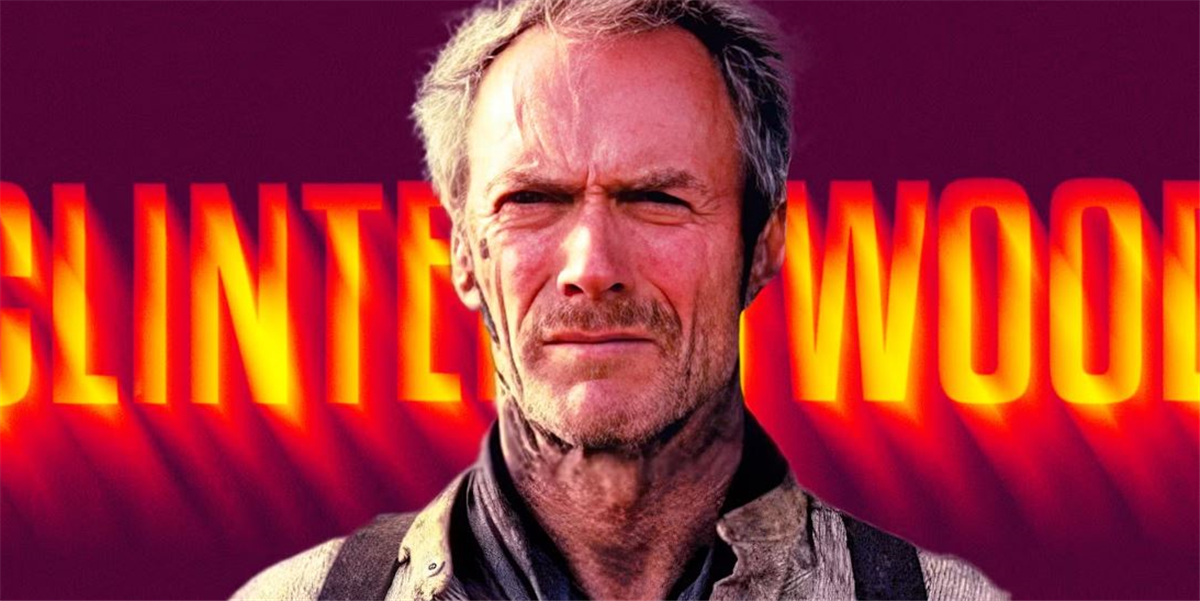Clint Eastwood’s late-period filmography primarily features biopics and dramatized portraits of heroic efforts. These are films about landmark figures in American history, like J. Edgar Hoover or Chris Kyle, or ordinary people who receive a parade of media attention and scrutiny, like Chesley Sullenberger or Richard Jewell. In one bold directorial effort, Eastwood hired the real people who thwarted a terrorist attack aboard an Amsterdam train to dramatize their story in The 15:17 to Paris. However, arguably Eastwood’s best film in this period and one of his most overlooked films across his seven-decade career, Hereafter, explores everyday people who are determined to communicate with an abstract world, the afterlife, to make sense of tragedy in the real world. The film was uncharted territory for Eastwood, and the result was something peculiar but genuinely heartfelt.
Clint Eastwood’s Curious Foray Into Fantasy and the Afterlife in ‘Hereafter’
Clint Eastwood, who stayed almost exclusively behind the camera from 2010 onward, delved into just about every genre imaginable, including sci-fi, adventure, road trip comedy, war, and romance. When he got around to the fantasy genre to direct Hereafter, Eastwood carried with him decades of wistful reflections on life and death, as his most probing Westerns questioned the existential implications behind violence and justice. The triptych film follows the lives of an American factory worker, George (Matt Damon), a French journalist, Marie (Cecile de France), and a British boy, Marcus (Frankie and George McLaren). Due to a freak accident, George obtains the ability to communicate with the deceased, however, he is haunted by these visions and refuses to utilize his powers. Marie survives a deadly tsunami while abroad, and this near-death experience has shaken her to the core, whereas Marcus’ brother, Jason, was fatally struck by a van on the road. Reeling from these traumatic experiences, Marie and Marcus are desperate for emotional closure with their loved ones. Real-life tragedies, including the 2004 Indian Ocean tsunami and the 2005 London bombings, are dramatized in the film.

Met with mixed reviews in 2010, Hereafter is not a film many hold in high regard within the Eastwood canon — and shamefully so, as it is quietly one of his most touching, curious, and profound directorial efforts to date. In fairness, it’s a film that demands viewers buy into its fantastical melodrama and borderline saccharine tone. Despite his public image as a steely tough guy, Eastwood’s movies don’t reward the cynics. He has always been a humanist director, which allows him to thrive with actors in the late period of his career. Eastwood’s foray into special effects and clairvoyant visions is a far cry from his grounded biopics, but he circumvents the pitfalls of sci-fi/fantasy world-building by crafting a tactful character drama. As it progresses, Hereafter becomes less of an exploration of the afterlife and more of a grief drama. Eastwood’s dabbling in broad strokes of fantasy complements the distorted worldview of its characters, ones who are desperate to contact the dead to make sense of the world. They know it’s a ridiculous endeavor, but their grief submerges their psyche into an aura of death.
How Clint Eastwood Personally Connects With the Lofty Text of ‘Hereafter’

Matt Damon, reuniting with Eastwood following his Oscar-nominated performance in Invictus, brings his usual sturdy and understated gravitas when playing George, the reluctant clairvoyant. Damon’s interpretation of an ordinary individual blessed, or rather cursed, with the power to communicate with the afterlife feels deeply personal to Eastwood. After years of being commissioned as a psychic-for-hire, George has sworn off his natural ability, refusing to accept clients due to the anguish it causes him. This can be loosely read as an allegory about the collision of art and commerce and how one’s artistic/magical skills are exploited for financial motivations. It doesn’t take long for the hopeful artist in George to become dispirited by the craft, as those who employ him, including his brother, Billy (Jay Mohr), lack an understanding of the burden he carries. Eastwood, who directed and starred in meditative films dismissed as popcorn entertainment for years, follows George’s redemption arc with inspiring earnestness. By the climax, where he communicates with Marcus’ late brother, George rediscovers his purpose, and the sentiment conveyed to the audience is earned.
Clint Eastwood, who is at his most poetic and visually audacious, doesn’t run away from the inherently goofy elements of Hereafter concerning the histrionic narrative and outdated special effects. Because the director treats the text like Shakespeare and the characters like sympathetic, lonely souls wandering the abyss looking for comfort in this life or the next, the film can balance the gaudy melodrama with sincerity. Eastwood, a perpetual old soul, has been reflecting on aging for over 30 years. Hereafter demonstrates his unwillingness to depart from his wistfulness. The film may have been critically dismissed at the time, but as Eastwood reaches his final years, its silliness will appear poignant.
